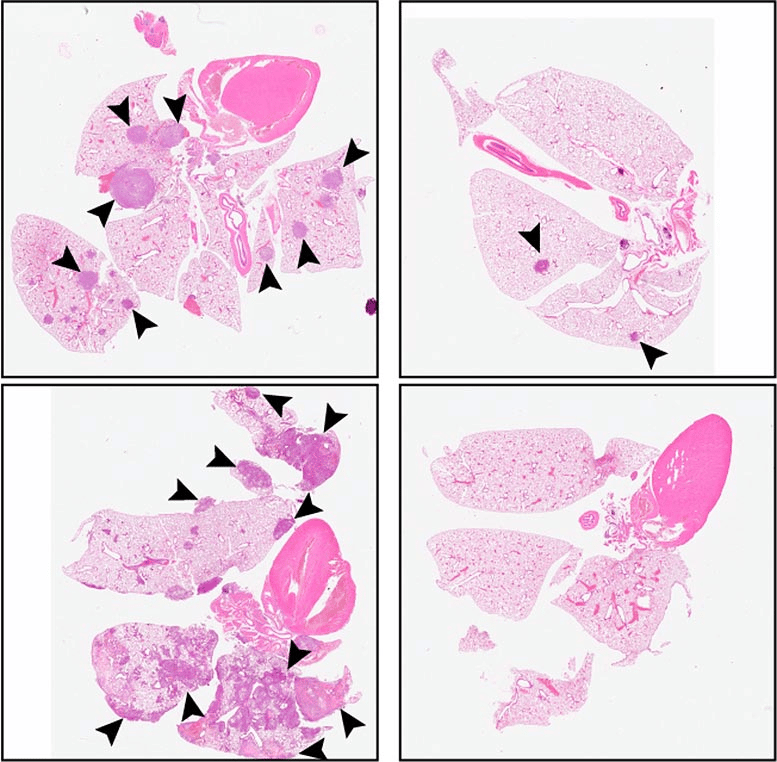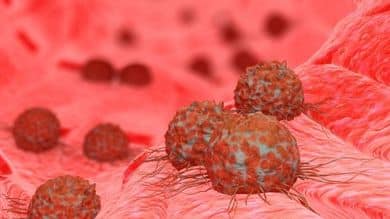Using a new therapeutic technique, the researchers were able to prevent the formation of metastases in mice by forcing the cancer cells into a "sleep" state in which they are unable to proliferate.
The research published in Journal of Experimental Medicine (JEM) it can lead to new therapies to prevent recurrence or spread of various cancers, including breast cancer.
Sometimes, unfortunately, they come back
Cancer patients can come back years or decades after initial therapy, and new tumors form in the same area or metastasize to other parts of the body. Researchers think secondary tumors are caused by cancerous cells that can lie dormant for long periods before reappearing and starting to grow again. If researchers could discover a method to keep malignant cells in this dormant state, the patient's metastases could be prevented.
"Fall asleep" future metastases

Compared to a control group (left graphics), treatment with C26 (right graphics) reduces the number of metastases in the lungs of mice
In a previous study, the researchers Maria Soledad Sosa e Julio A. Aguirre-Ghiso they found that a protein called NR2F1 is involved in the inactive survival capacity of cancer cells.
This receptor protein can enter the cell nucleus and turn numerous genes on or off to activate a program that prevents cancer cells from proliferating. NR2F1 levels are generally low in primary tumors but are high in dormant cancer cells. They diminish once again as cancer cells begin to proliferate again and form recurrent tumors or metastases.
We therefore considered that activating NR2F1 could be an interesting clinical approach to induce quiescence of tumor cells and prevent recurrence and metastasis.
Julio A. Aguirre-Ghiso
The new study
The Sosa and Aguirre-Ghiso teams used a computer-based screening approach to identify a drug, called C26, which activates the NR2F1 protein. C26 induced a significant increase in NR2F1 levels and stopped cell proliferation in patient tissue-derived HNSCC cells.
The researchers then investigated whether C26 prevented metastasis in the mice. Treatment with the drug reduced the size of the primary tumors and completely stopped the development of metastases after further treatment.
In summary, C26 has been shown to reduce the viability of cancer cells in cultures and animal models by causing them to enter a long-lasting dormant state. Human patients whose tumors have a similar pattern of gene expression also tend to live longer without recurrence and metastasis. This suggests that C26 might work for humans as well.
Anti metastasis drug, the possible applications
“Drugs that activate the NR2F1 gene could be particularly useful in breast cancer“, adds Sosa. “ER-positive tumors have a higher amount of NR2F1 than ER-negative tumors. However, the approach may also be useful for other tumors that exhibit similar dynamics.
Overall, the research offers a real possibility to prevent relapses and metastases. All that remains is to wait for human tests.


